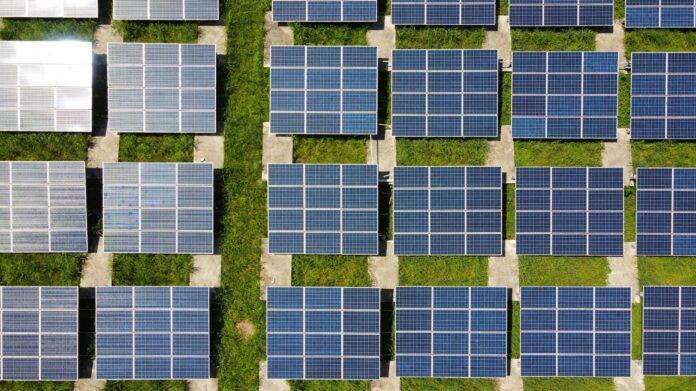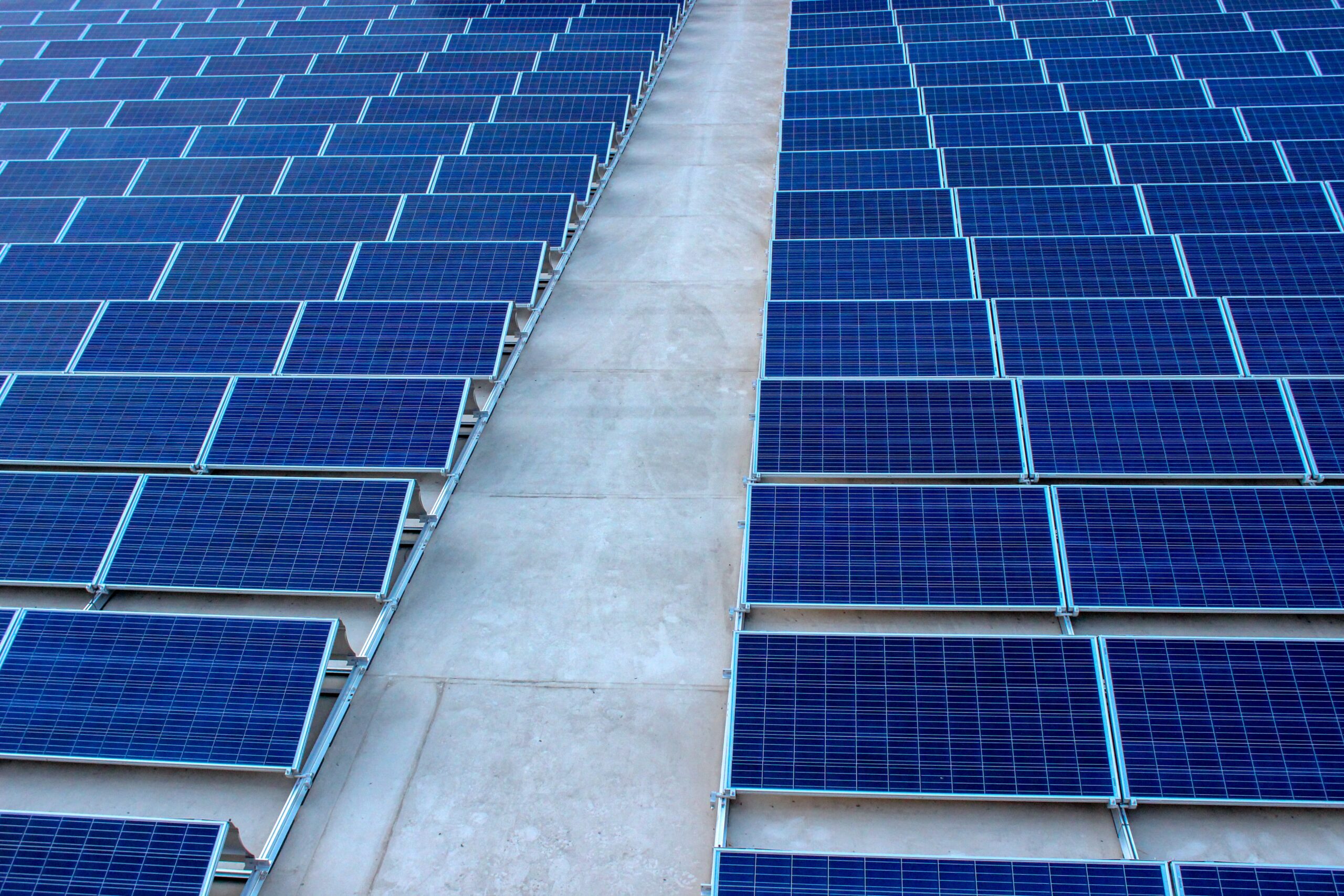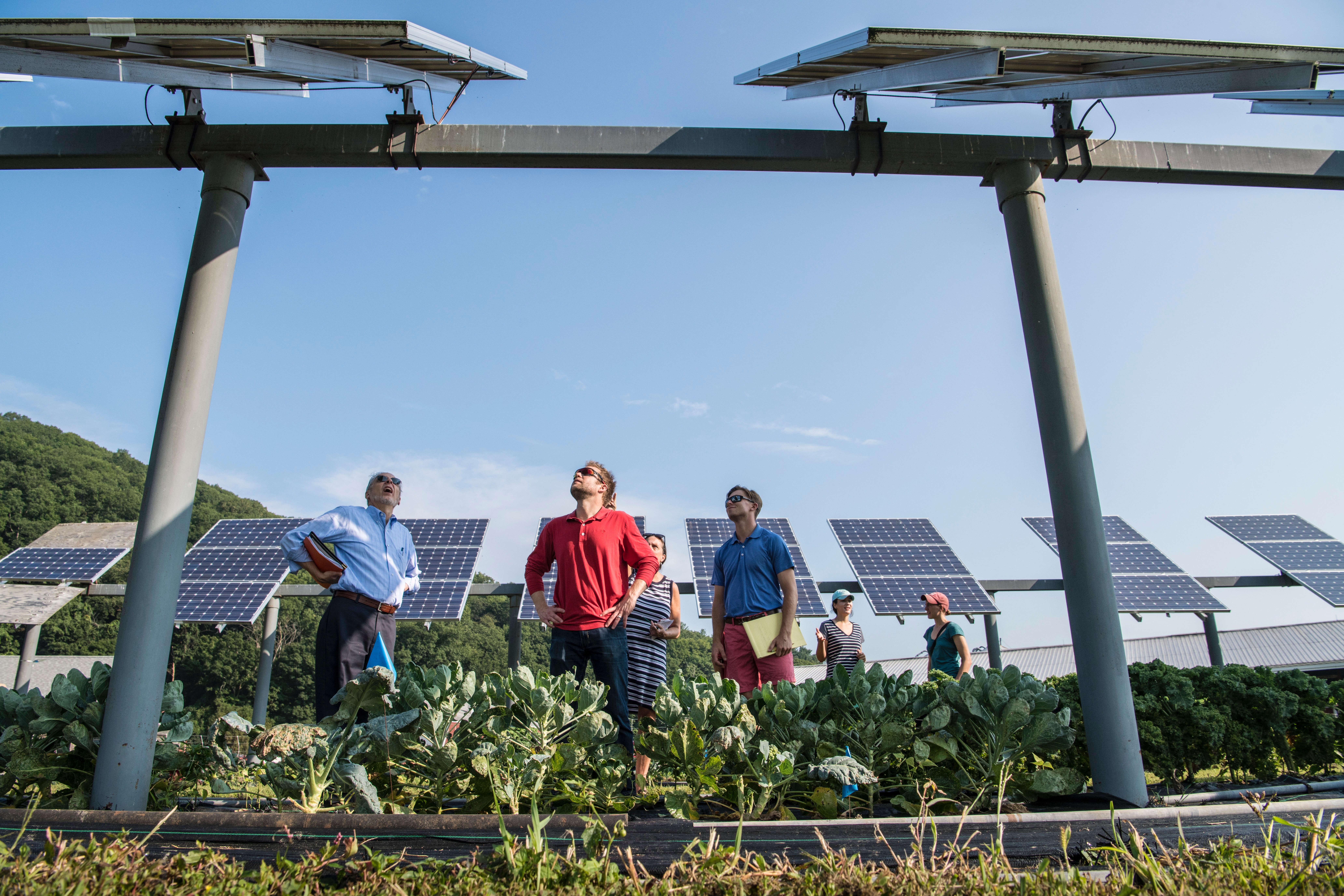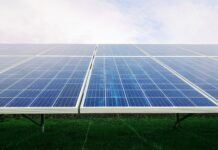Photovoltaic installations, otherwise known as PV, are becoming more and more popular. They mainly include specialized panels mounted on roofs or ground, and a solar inverter (inverter), i.e.a device that transforms direct current to alternating current. In addition, the set also includes elements protecting against overvoltage and electric discharges – “Types Of Photovoltaic Panels”.
Types Of Photovoltaic Cells
The installation market, including photovoltaic panels, currently offers various types of technologies. We can distinguish the three most popular types of photovoltaic cells: monocrystalline, polycrystalline and amorphous silicon panels. They differ in properties, performance, and price.
Monocrystalline Panels
They are characterized by the highest efficiency (from 17% to 22%), and single silicon crystals are used for their production. They have a characteristic black color and are made of thin polygonal plates.
Monocrystalline panels are perfect for situations where we have a limited area and strong sunlight. Their advantages are very good resistance to weather conditions, durability, and the mentioned efficiency. It should be noted, however, that this is one of the most expensive solutions when it comes to photovoltaic installations.
Polycrystalline Panels
These are modules that connect many silicon crystals. They are characterized by a blue color, and the arrangement of square tiles uses the entire surface of the solar cell. They have lower efficiency than monocrystalline panels (from 14% to 16%), therefore they also require a larger installation area. Polycrystalline panels are perfect for less sunlight.
That is why they are the most frequently used installations. The uneven amount of sun and frequent cloud cover throughout the year make panels of this type more efficient than monocrystalline photovoltaic panels. Additional advantages are their price and durability. Good quality polycrystalline panels can be used for up to 25 years.
Amorphous Silicon Panels
The least common type of installation. Their efficiency is extremely low and their efficiency declines over time. Amorphous solar panels are also the cheapest which can be considered their greatest advantage.
They are light, flexible, and have a low degree of sensitivity to high temperatures, so changes in performance level are not very noticeable. Thanks to their simple assembly and low weight, they can be used on the facade of buildings.
What Kind Of Photovoltaic Panels Will Work At Home?
Each household has an individual demand for electricity. Everything depends on its size, type, number, and frequency of using electrical devices. If the main criterion is price, then polycrystalline panels will seem to be the best option.
Monocrystalline panels, although more expensive, will allow you to generate a much larger amount of electricity. Sometimes it is simply impossible to assemble heavy installations, so the only solution is light amorphous panels. Regardless of the choice, it is also worth paying attention to the manufacturer’s warranty conditions.
Advantages Of Photovoltaic Panels
One of the main and most important advantages of solar panels is the issue of environmental friendliness. They are a renewable energy source, which means that they use only a natural source of energy, which is solar radiation. This technology does not interfere with the natural environment and does not cause any damage to nature. Moreover, it does not produce harmful substances and the emission of carbon dioxide is reduced.
Another important plus is, of course, savings. Despite the fact that the installation is quite expensive, its costs pay off after a few years. We gain free energy from the sun’s rays that are collected by the panels. In addition, surplus electricity can be “sold” to the utility company. During the settlement, we will receive the appropriate amount of free energy from the power plant
In addition, the installation of photovoltaic panels is easy and hassle-free. It is only important that the panels are in a sufficiently sunny place. They can be located on any type of roof, as well as on the ground or wall. Just remember about the correct slope and direction.







